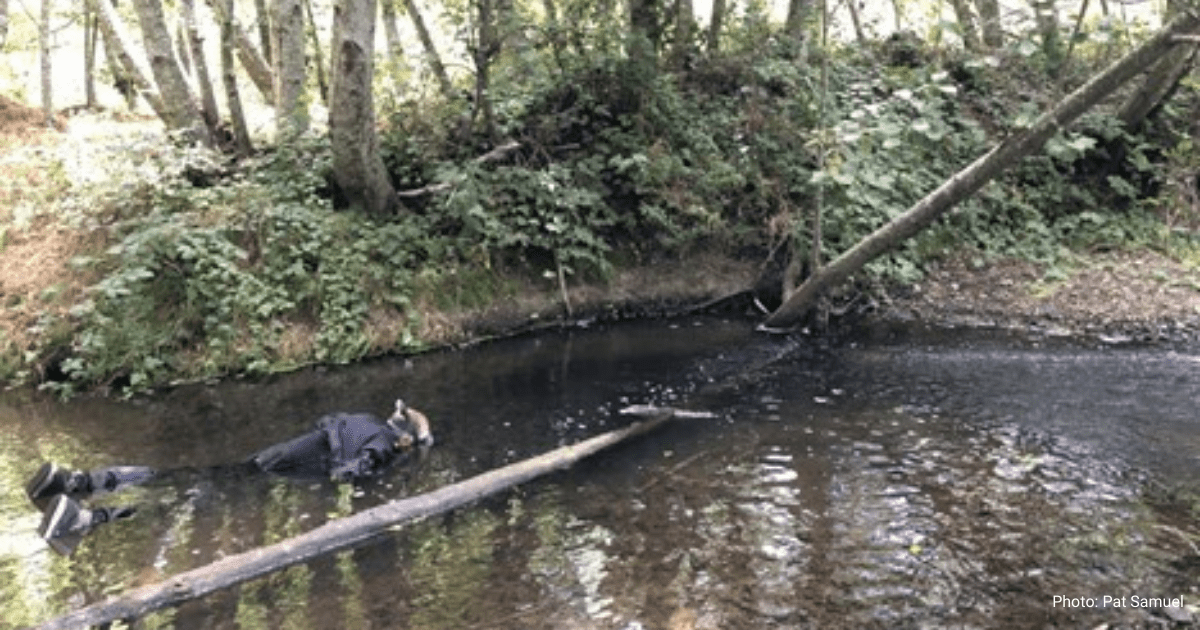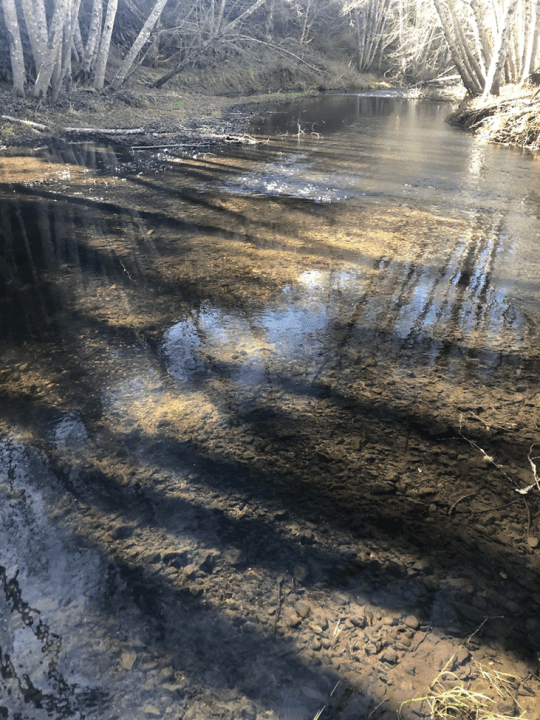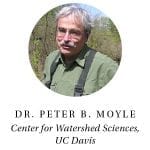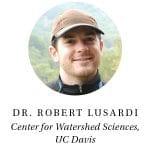Field Notes: Partnerships in Fisheries Monitoring
The Walker Creek watershed in Marin County is part of a working landscape supporting a robust agricultural community for generations and providing municipal drinking supply for much of Marin County accessible through Marin Water. The watershed provides habitat for critically endangered Central California Coast coho salmon (Oncorhynchus kisutch) and threatened Central California Coast steelhead (Oncorhynchus mykiss irideus). Walker Creek is identified in the federal Coastal Multispecies Recovery Plan as a key watershed necessary to recover both coho and steelhead populations along the Central California coast, and provides an important connection between the populations of the Russian River and nearby Lagunitas Creek.
Over the past two years, CalTrout has been working with partners Walker Creek Ranch Outdoor School, Marin Water, and the UC Davis Center for Watershed Sciences to conduct water quality and temperature monitoring in the watershed to better understand baseline conditions. This year alone we worked with Walker Creek Ranch and a private property owner to add snorkel surveys to the monitoring effort to provide data on habitat usage of juvenile coho and steelhead through the summer and fall months when they are most vulnerable to temperature and flow changes.
In Fall 2020, we were approached by the California Department of Fish & Wildlife to assist in tracking tagged adult coho salmon that are annually stocked in Walker Creek by fisheries biologists at the US Army Corps of Engineers Warm Springs Fish Hatchery on the Russian River. Without consistent monitoring, it would be difficult to determine the factors potentially limiting coho salmon recovery in the watershed and the return on investment of stocking adults each year. A team of partners would be needed to pull off a monitoring pilot project, similar to our ongoing monitoring in the Pescadero Creek watershed.

Photo: Coldwater Fisheries Scientist Dr. Rob Lusardi snorkeling Walker Creek to document juvenile coho salmon and steelhead habitat use, July, 2020. Photo by Pat Samuel.
Right away we reached out to California Sea Grant’s Russian River Salmon and Steelhead Monitoring Program for assistance in expertise and equipment loans to ensure similar methods would be used to track fish. The Sea Grant team possesses significant experience and equipment for their robust monitoring program in the Russian River and they were kind enough to offer lots of time and support to the pilot project. In December, the Sea Grant staff graciously offered equipment and assisted with installation of two Passive Integrated Transponder (PIT) tag antennas on Walker Creek Ranch property to prepare for the release of adult coho salmon. Walker Creek Ranch provided property access, equipment storage, and battery charging, California Department of Fish & Wildlife and US Army Corps of Engineers provided tagged adult coho salmon and study design expertise and survey protocols, Marin Water provided redd survey protocols consistent with their methodologies used on Lagunitas Creek, Marin Resource Conservation District reached out to landowners to try to find property access for siting the antennas, a private landowner provided property access for redd surveys, and CalTrout provided capacity to maintain, troubleshoot, and operate the PIT antennas for the duration of the fish tracking pilot study with contractor Alex Johanson (December, 2020 – March, 2021).
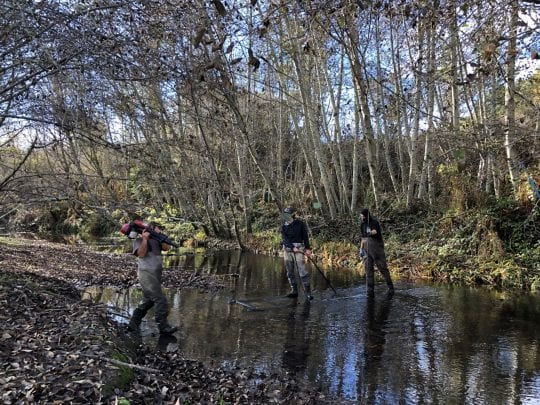
Photo: Installing the upstream PIT antenna in Walker Creek in December, 2020 with the California Sea Grant Russian River monitoring team and Alex Johanson. Photo by Pat Samuel.
In late December and again in early January, approximately 300 adult coho salmon were released into Walker Creek by the US Army Corps of Engineers and California Department of Fish & Wildlife at two different release locations: one on private agricultural property downstream near Tomales Bay and one group on the Walker Creek Ranch property. Access to private lands is critical to this effort in a watershed like Walker Creek where the vast majority of the land is privately held.
We deployed the PIT antennas near the downstream and upstream ends of the Walker Creek Ranch property to determine if these different stocking locations had any effect on migration timing or location of movements of adult coho salmon to shed light on their spawning habitat preferences. Throughout the winter and spring, contractor Alex Johanson maintained the antennas, downloaded fish detection data, conducted weekly redd surveys and visual spawner surveys, and made water depth measurements at redd locations, then summarized the data.
The PIT antenna pilot project was successful in allowing us to tracking migration and timing information for adult coho salmon as planned, and also was able to detect tagged steelhead from nearby watersheds such as the Russian River. This information can feed directly into planning future adult coho salmon releases and informing strategy, and the redd survey information collected can paint a more complete picture of spawning success as part of a NOAA Fisheries-led coho life cycle modeling effort focused on Walker Creek with partners in the watershed. We look forward to working with the pilot project partners to write up results and lessons learned from the effort this summer and to plan an expanded continuing monitoring effort in future years relying on each groups’ complementary expertise and resources.
